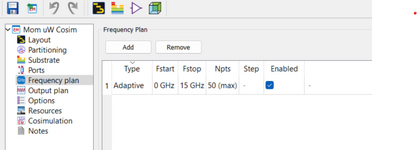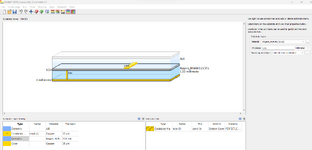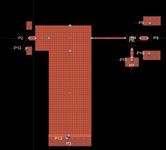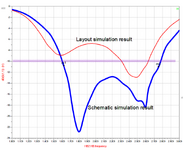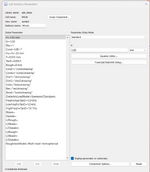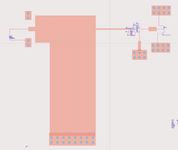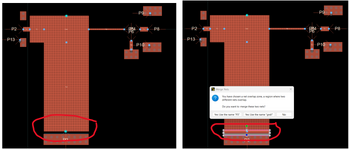Nathan1
Junior Member level 3
I am working on a rectifier. There is a difference in the layout and schematic simulated result (S11 plot attached). I know that the layout result usually differs from the schematic. Is it normal to have this much of a difference in the S11 plot as in the screenshot attached? The layout simulation result can be improved, but I'll do it once it's confirmed by someone that my EM setup is correct (ports settings, etc).
I have used TML for the input port as mentioned by volker@muehlhaus in his posts. Also used TML for the output port.
Dimensions of the Tlines and stubs are the same in schematic and layout. I have attached the layout, substrate (for both layout and schematic) and ports screenshot. Please have a look.
Thanks a lot.
I have used TML for the input port as mentioned by volker@muehlhaus in his posts. Also used TML for the output port.
Dimensions of the Tlines and stubs are the same in schematic and layout. I have attached the layout, substrate (for both layout and schematic) and ports screenshot. Please have a look.
Thanks a lot.
